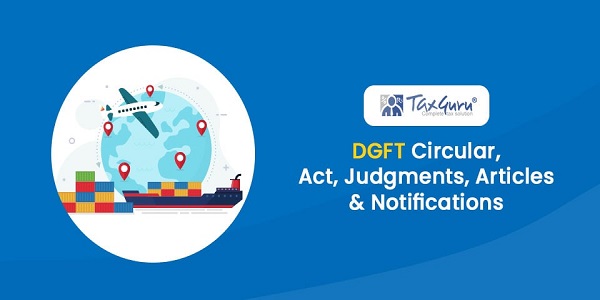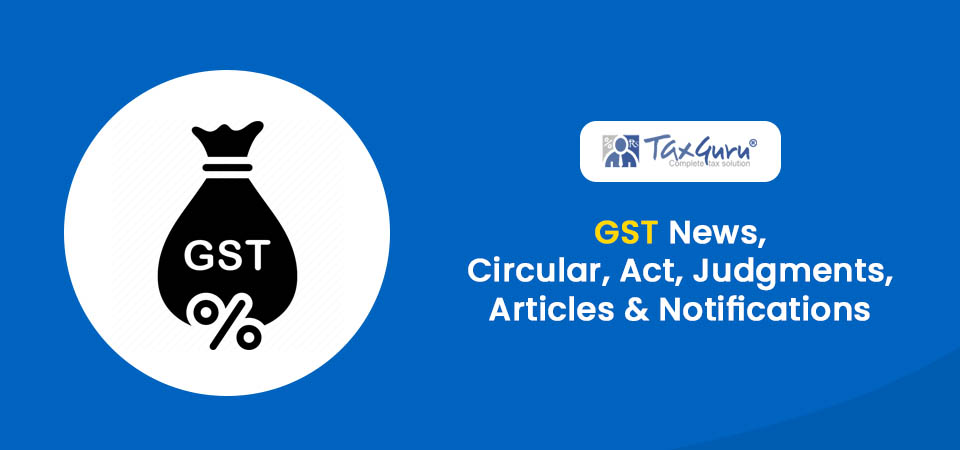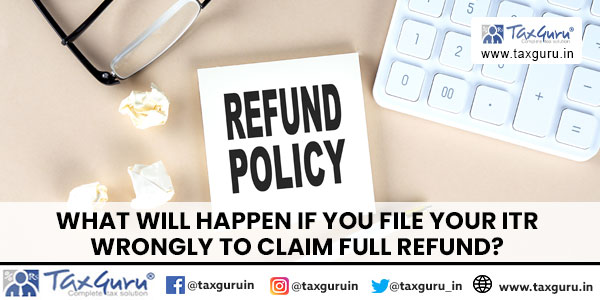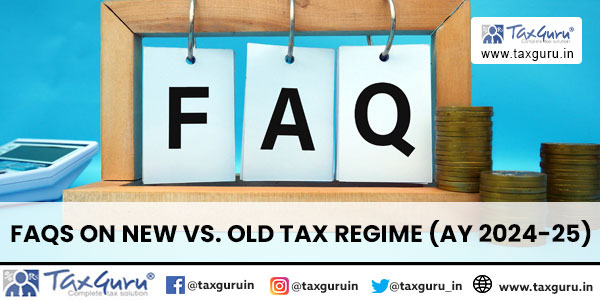Electronic vehicles are one of the emerging sector to invest for. In India, various fossil fuel crisis has exacted an enormous toll on humanity and the environment—from air and water pollution to global warming. That’s beyond all the negative impacts from petroleum-based products such as plastics and chemicals. Such impacts have left the government to take necessary actions in this regard.
The budget speech of Hon’ble Finance Minister therefore focused on the issue and impetus was paid on the Electronic Vehicle segment and it was decided to increase the Government outlay in the Faster Adoption and Manufacturing of Electric Vehicles in India Phase II (FAME India Phase II) to encourage faster adoption of Electric vehicles by way of offering upfront incentives. It has been proposed by Niti Ayog to phase out the sale of diesel and petrol vehicles by 2030 one of the major contributor to air pollution. The scheme aims at addressing the issue of environmental pollution and fuel security.
In order to encourage the participation from the stakeholders in the segment the Government has offered various incentives. The scheme is proposed to be implemented by emphasizing on the following verticals:
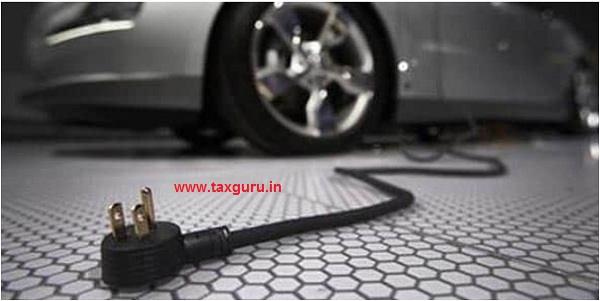
1. Provision of Demand Incentives: The Government has aimed at demand generation in the sector by offering upfront reduced prices to the end users of e-buses, four wheelers (Electric, Plug in Hybrid and Strong Hybrid), E-Three Wheelers (including E-Rickshaw) and E-two wheelers. The reduced prices will be reimbursed by the Government to Original Equipment Manufacturers. It is initially proposed to provide a demand incentive of INR 10,000/-per KWh for all vehicles other than E-buses. For E-buses the demand incentive is proposed at INR 20,000/- per KWH.
In order to encourage 3 wheeler and 4 wheeler segments the incentives will be applicable mainly to vehicles used for public transport or registered for commercial purposes. In the 2 wheeler segment, the focus will be on the private vehicles. The Government aims to support 10 Lakhs E-two wheeler, 5 Lakhs E-3 wheelers, 55000 4Ws and around 7000 E-Buses. However, the benefits of incentives, will be extended to only those vehicles which are fitted with advance battery like a Lithium Ion battery and other new technology batteries.
2. Establishment of Network Charging Stations: The scheme proposed to establish around 2700 charging stations in metros, other million plus cities, smart cities and cities of Hilly states across the country to have at least one charging station in a grid of 3 km x 3 km. It is proposed to fund the establishment for e vehicle charging infrastructure to the extent of 100% of the cost. The Government is also open to the projects like pantograph charging, flash charging etc. It is also proposed to provide the buyers with one slow charger per e bus and one fast charger for every ten E-buses.
3. Administration of Scheme- It is proposed to create consumer awareness through education, training, publicity etc.
4. Proposal for incentives by State Government: The scheme also encourages the states to provide fiscal incentives including waiver/concessional road tax, toll tax, permits, parking fees, concessional registration charges etc. to the stakeholders.
Further Hon’ble Finance Minister in her budget speech has proposed to provide the following benefits to the EV sector:
5. Total outlay under the FAME-II Scheme: An outlay of INR 10000 crore has been proposed for a period of three years under the FAME-II Scheme.
6. E-Vehicle Loans: Income tax benefit of Rs 1.5 lakh on interest of loans taken to purchase electric vehicles to buyers. This would translate into benefits of Rs 2.5 lakh for every consumer purchasing an electric vehicle over the loan period, the minister said.
7. Reduction in GST: GST on E-Vehicles has been reduced from 12% to 5%.
8. Reduction in Custom Duty: To further incentivise e-mobility, It is proposed to exempt custom duty on certain parts of electric vehicles that are usually imported including E-drive assembly, On board charger, E compressor and Charging Gun etc. It is proposed to exempt customs duty on certain capital goods required for manufacture of specified electronic goods.
9. Subsidy on manufacture of batteries: As the cost of batteries is the main component in the cost of EVs, therefore to make the cost of the EVs at par with the combustion engine plan, the Fin Min has approved a proposal entailing annual subsidy of INR 700 crore on the manufacture of batteries for EVs.
The current FAME II policy is basically an improved version of FAME I whereby the Government has tried to address various issues that were faced by the segment. The linking of demand incentives with battery capacity, localization provision, cap on the number of vehicles to be provided the demand incentives are few of the major improvisations by the Government in the sector.










